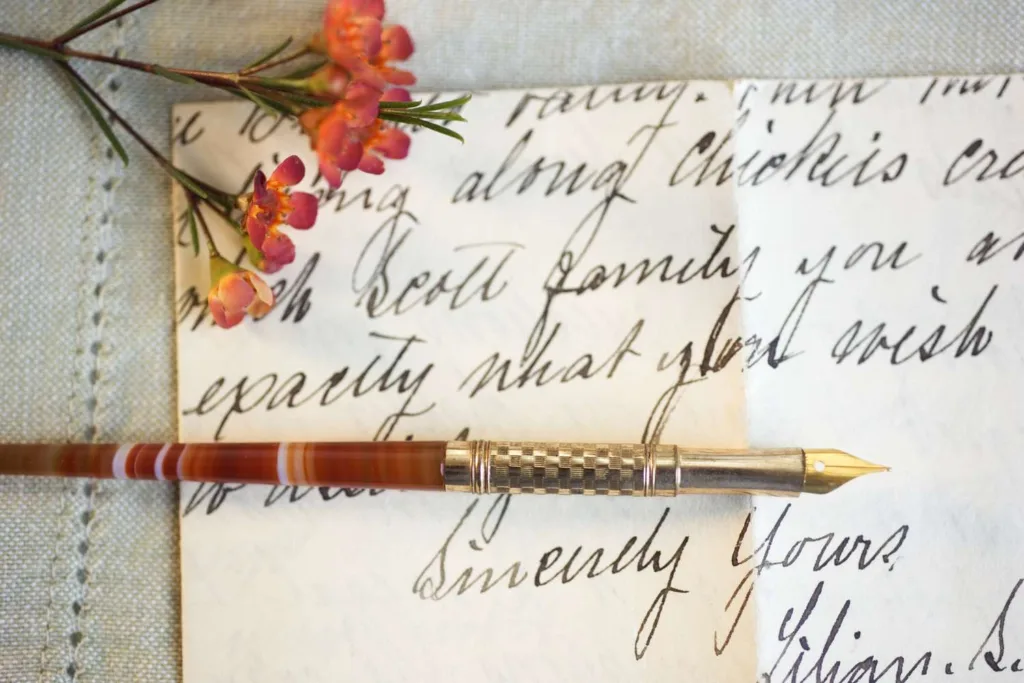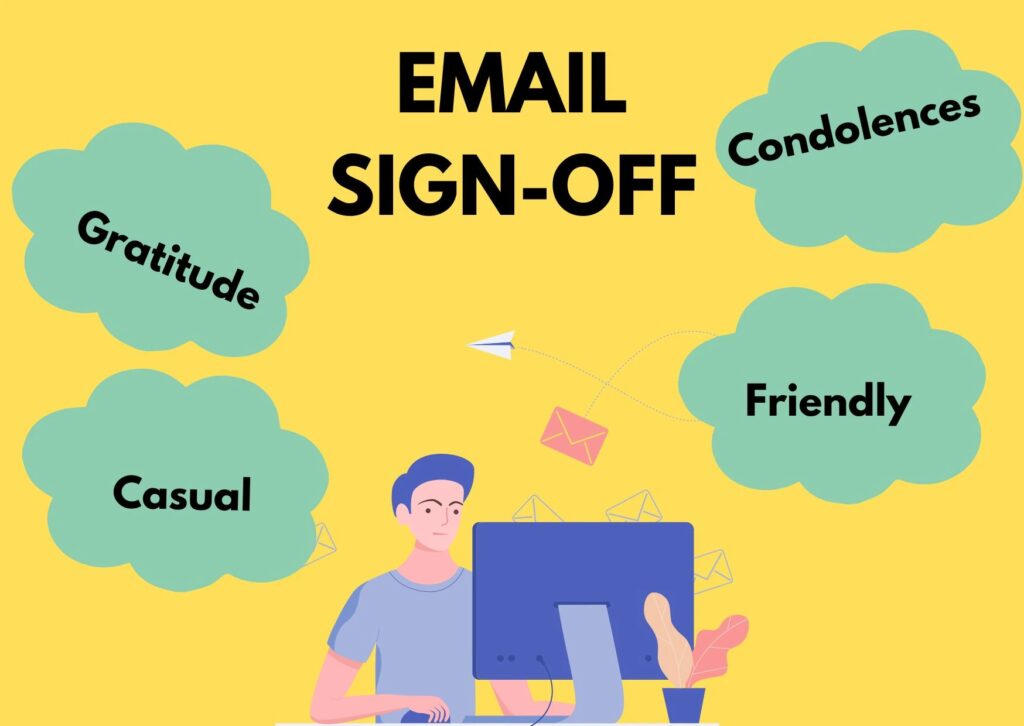The complimentary close is an important part of any kind of correspondence. It’s the way you end your letter or email, and it is the last impression you leave on the person who receives your message. The right complimentary close can show respect, friendliness, and appreciation for the recipient.
Choosing a complimentary close depends on several factors. For formal letters, such as business correspondence or job applications, “Sincerely”, “Yours truly” and “Cordially” are all appropriate closings. For friendly letters such as thank-you notes and invitations, “Cordially”, “Affectionately”, “Fondly” and “Love” are good choices. However, if a benefit has been received from the recipient in some way, then it is acceptable to use “Gratefully” as a closing.
In addition to these traditional closings there are also some more creative sign-offs that can be used in more casual settings. Examples include “Kind regards” , “Thank you for reading”, “Looking forward to hearing from you”, “Please contact me for additional help”, “Best”, “Sincerely” and “Regards”.
Choosing the right complimentary close can be tricky but with a bit of practice it will become second nature! Remember to choose one that is appropriate for the context of your message and always be respectful when signing off – ater all it could be the last thing someone reads before deciding whether or not to respond!
Examples of Complimentary Closes
An example of a complimentary close is one of the common phrases such as “Sincerely,” “Yours truly,” or “Cordially.” These phrases are typically used at the end of formal letters and email correspondence to convey respect for the recipient.

Types of Complimentary Closes
The four kinds of complimentary close are:
1. Yours sincerely – This is the most common complimentary close and is used in formal letters or emails. It implies a sincere and respectful tone.
2. Yours faithfully – This is also used in formal letters or emails, but is typically used when writing to someone you do not know. It implies a respectful and polite tone.
3. Yours trly – This is the second most common complimentary close and is often used in informal letters or emails to friends, family, or acquaintances. It conveys a friendly and familiar tone.
4. Thanks and regards – This final complimentary close is often used in informal letters or emails, as it conveys a warm and grateful tone.
Ending a Friendly Letter
When ending a friendly letter, it is important to choose an approprate closing. Commonly used friendly closings include “Cordially,” “Affectionately,” “Fondly,” and “Love.” Consider the relationship between you and the recipient of the letter when choosing a closing. If the recipient has done you a favor, adding the phrase “Gratefully” after the closing is an appropriate way to express your gratitude. Additionally, if you have discussed any future plans in the letter, it can be beneficial to use closings such as “Looking forward to hearing from you” or “I hope to see you soon.” Lastly, do not forget to sign off with your name after choosing an appropriate closing for your friendly letter.
Ending a Complimentary Email
Thank you for your kind words. It was a pleasure to work with you and I look forward to future collaborations. Again, thank you for your compliments and have a great day. Best regards, [Your Name]

Conclusion
In conclusion, when it comes to complimentary closes, there are a vast range of options available. Depending on the formality of the letter or correspondence, the close can vary from “Yours sincerely” and “Cordially” for formal documents to more friendly closings such as “Love” and “Cheers” for less formal letters. It is important to consider the audience when choosing a complimentary close to ensure that the right amount of formality is conveyed.
